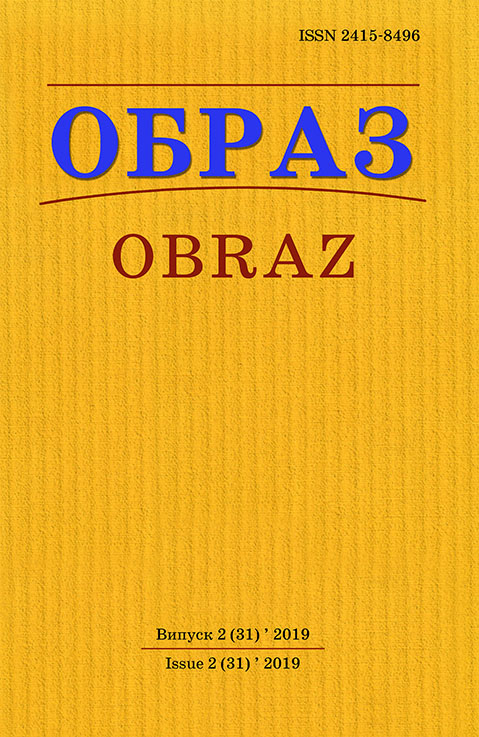Abstract
Introduction. Social media in the Arab world before the Arab Spring were described as marginal, alternative and elitist, and their impact was minimal due to low Internet access. The events of 2011 across the Arab world caused the rise of “social media”. However, their role in recent events remains unclear. Relevance and purpose. The Arab Spring caused the study not only of the driving forces of this phenomenon, but also its impact on the development of social networks. Therefore, the purpose of the study is to identify the role of modern information and communication technologies in the protest movements of the Arab world. Methodology. General and specific methods based on objective laws of social communication, including logical and dialectical, method of analysis and synthesis and abstract-logical method are used. Results. Nowadays social and political context has proven the Internet to be perhaps the most effective means of communication which can quickly reach and involve large population groups. In this case, the Internet is a unifying communication factor on three levels - personal, group and mass. A particular attention should be paid to a new phenomenon in the Internet, which can be described as “virtual solidarity of people”, who are online. It dramatically revealed itself during the Arab Revolutions in 2011, when large numbers of strangers united, planned and organized joint political protests using social networks. Conclusions. The Internet is as an effective tool for creating and destroying social actors. It acts both as a means of influence and as a means of obtaining information. The Internet usage by the opposing parties either in communication or confrontation between different groups enables the formation of different models of political development and political processes on vast territories. Thus, during the Arab Spring, we observed the emergence of two models - the Tunisian and the Arabian (in a simple terms - revolutionary and stabilizing). In both cases, the borrowing (reception) of Western principles of political culture is present, but the main difference between them lies in the means of implementation in society. At that, both cases are characterized by focusing on national traditions and preserving the Muslim religion.
References
1. Panyusheva, M. (2011), «Blogs, microblogs and social networks: Internet communications of the new decade», Medialmanah, Vol. 2, pp. 6–12.
2. Vershinin, M. (2004), «Political communication in the information society: promising areas of research», Aktualnye problemy teorii kommunikaczii, pp. 98–107.
3. Pidlutska, I. (2001), «Political Communication: Ukrainian Experience», Medianavihator, Vol. 2, pp. 7–13.
4. Solov’ev, V. (2012), «PACE frees internet», available at: https://www.kommersant.ru/ doc/1923942 (accessed 03 December 2018).
5. Armbruster, J. (2012), «Arabska wiosna. Rewolucja w świecie islamskim», Wydawnictwo Dolnośląskie, Wrocław, 232 p.
6. Sosnowska, M. (2012), «Bunt czy rewolucja? Przemiany na Bliskim Wschodzie po roku 2010», Redakcja Katarzyna Górak, Łódź, 286 p.
7. Tsvetkova, N. (2011), «Web 2.0 programs in US public diplomacy», Ekonomika, politika, kultura, Vol.3, pp. 109–122.
8. Troian, S. (2012), «Arab Revolutions 2010–2011 and their Consequences», Naukovyi visnyk Dyplomatychnoi akademii Ukrainy, Vol. 19, pp. 170–176.
9. Removska, O. (2012), «Arab Spring and the Internet as the center of the origin of the protest», available at: https://www.radiosvoboda.org/a/24700020.html (accessed 12 January 2019).
10. Marat, E. (2010), «Freedom of speech on the Internet», available at: https://www. golosameriki.ru/a/freedom-internet_2010_01_21-82273292/251245.html (accessed 23 February 2019).

This work is licensed under a Creative Commons Attribution 4.0 International License.

